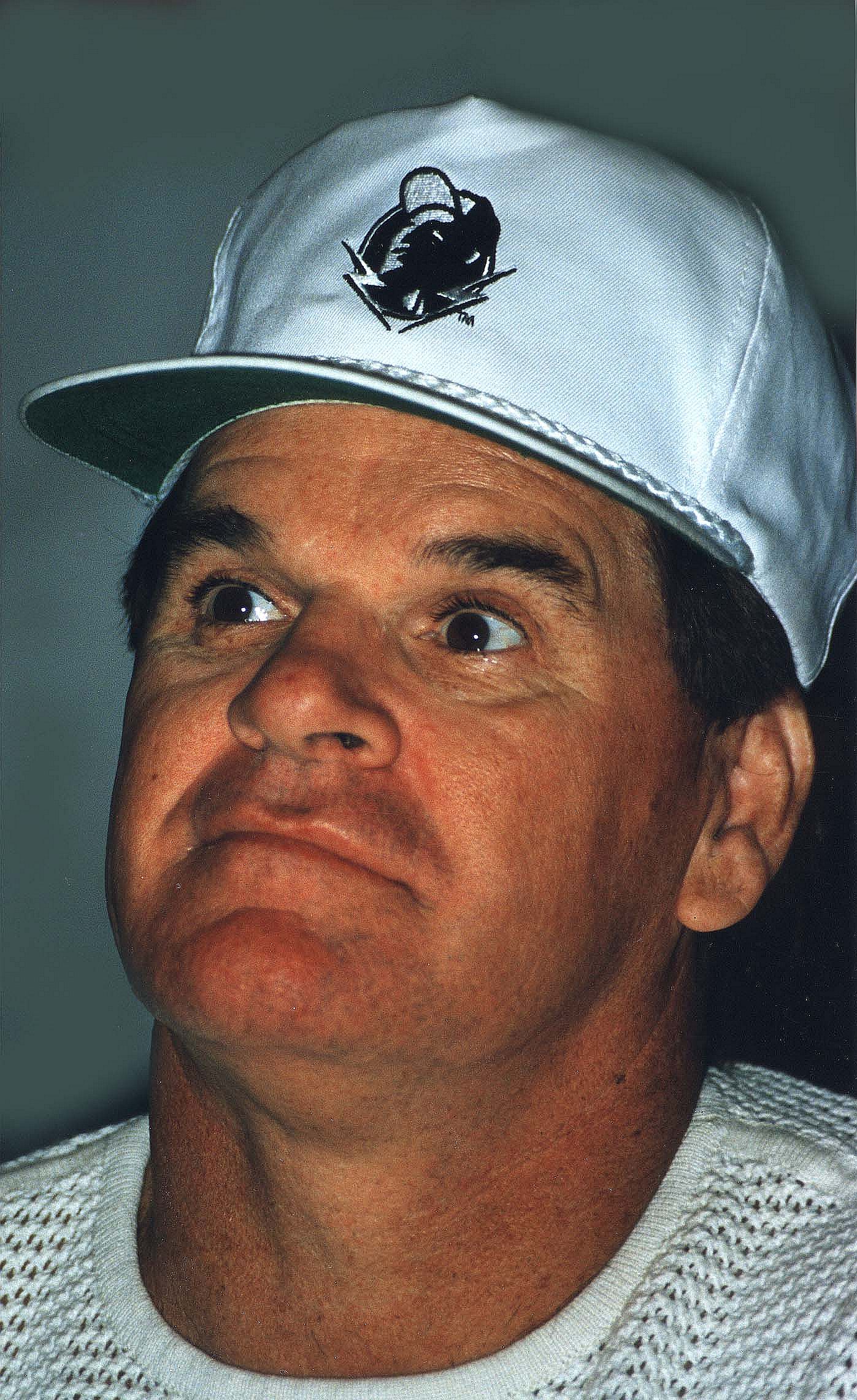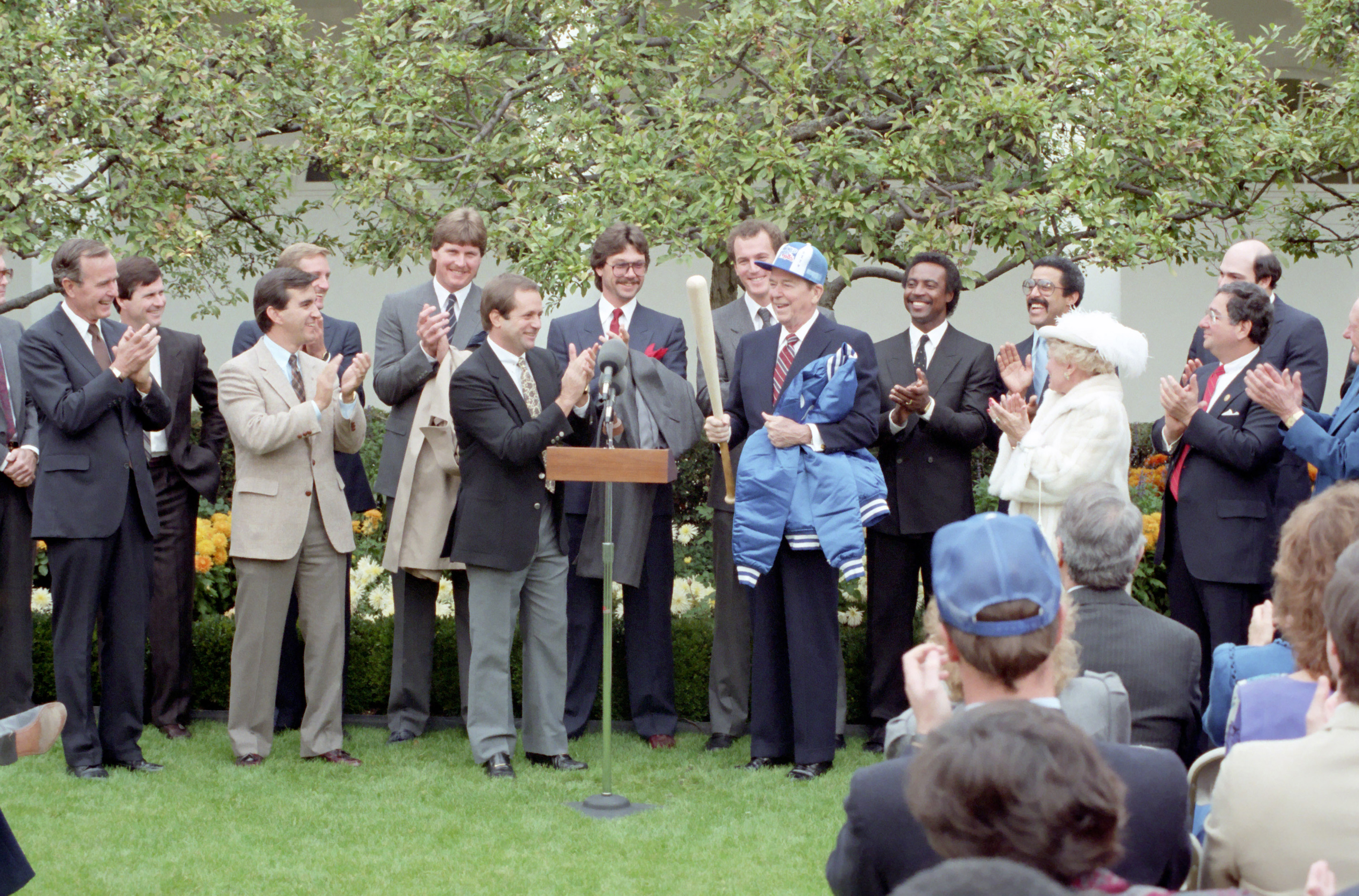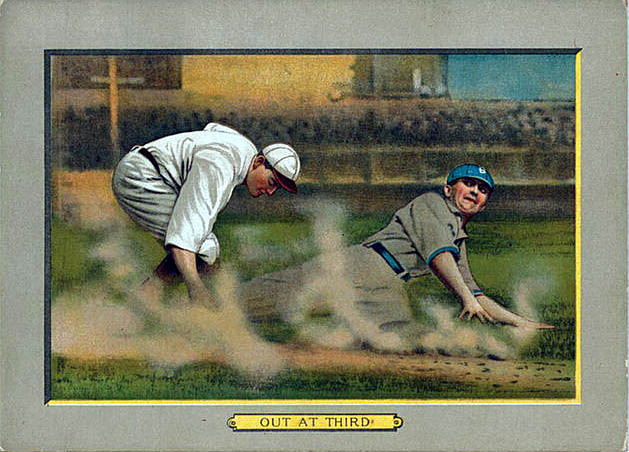|
Fred Bruckbauer
Frederick John Bruckbauer (May 27, 1938 – October 14, 2007) was a relief pitcher in Major League Baseball. Listed at and , Bruckbauer batted and threw right-handed. He was born in New Ulm, Minnesota. Bruckbauer was one of the better pitchers in Minnesota Golden Gophers history before making one appearance for the Minnesota Twins during the 1961 season. In two years with the Gophers, Bruckbauer posted a 16–5 record and received one of the bigger signing bonuses of its time, estimated at $50,000 ($ today), from the original Washington Senators in 1959. That year, he was named Outstanding Rookie of the Three-I League while pitching for the Fox Cities Foxes under Jack McKeon. He had a chance to play in the majors when the Senators moved to Minnesota in 1961, but a shoulder injury had robbed much of his promise. His Major League career, statistically speaking, was only slightly different than that of Eddie Gaedel or Moonlight Graham. On April 25, 1961, Bruckbauer appeared in a g ... [...More Info...] [...Related Items...] OR: [Wikipedia] [Google] [Baidu] |
Pitcher
In baseball, the pitcher is the player who throws ("pitches") the baseball from the pitcher's mound toward the catcher to begin each play, with the goal of retiring a batter, who attempts to either make contact with the pitched ball or draw a walk. In the numbering system used to record defensive plays, the pitcher is assigned the number 1. The pitcher is often considered the most important player on the defensive side of the game, and as such is situated at the right end of the defensive spectrum. There are many different types of pitchers, such as the starting pitcher, relief pitcher, middle reliever, lefty specialist, setup man, and the closer. Traditionally, the pitcher also bats. Starting in 1973 with the American League(and later the National League) and spreading to further leagues throughout the 1980s and 1990s, the hitting duties of the pitcher have generally been given over to the position of designated hitter, a cause of some controversy. The Japanese Central Le ... [...More Info...] [...Related Items...] OR: [Wikipedia] [Google] [Baidu] |
Kansas City Municipal Stadium
Kansas City Municipal Stadium was an American baseball and football stadium in the central United States, located in Kansas City, Missouri. It was located at the corner of Brooklyn Avenue and E. 22nd Street. Municipal Stadium hosted both the minor-league Kansas City Blues of the American Association and the Kansas City Monarchs of the Negro leagues from 1923 to 1955. The stadium was almost completely rebuilt prior to the 1955 baseball season when the Kansas City Athletics moved to Kansas City from Philadelphia. The A's played from 1955 to 1967, the Kansas City Royals from 1969 to 1972, the Kansas City Chiefs (American Football League and National Football League) from 1963 to 1971 and the Kansas City Spurs (North American Soccer League) from 1968–1969. The stadium hosted the Major League Baseball All-Star Game in 1960 (first game). In the final football game played there, Municipal Stadium was the site of the longest NFL game in history, a playoff game between the Chiefs a ... [...More Info...] [...Related Items...] OR: [Wikipedia] [Google] [Baidu] |
Lou Klimchock
Louis Stephen Klimchock (born October 15, 1939) is an American former professional baseball infielder. He played parts of 12 seasons in Major League Baseball (MLB) for the Kansas City Athletics, Milwaukee Braves, Washington Senators, New York Mets and Cleveland Indians. Primarily a third baseman and second baseman, Klimchock batted left-handed and threw right-handed. He was listed as tall and . A native of Hostetter, Pennsylvania, Klimchock graduated from Latrobe High School. His 15-season pro career began in 1957 and included two stellar seasons in minor league baseball: 1958, when he batted .389 with 25 home runs in the Class C Pioneer League, and 1963, when he hit .352 with 19 long balls in only 81 games played in the Triple-A Pacific Coast League. In his most successful MLB campaign, Klimchock batted .287 in 90 games for the 1969 Indians. He also spent part of that season in the Pacific Coast League. In fact, Klimchock's dozen years of MLB service (1958–66; 1968–70) ... [...More Info...] [...Related Items...] OR: [Wikipedia] [Google] [Baidu] |
Jerry Lumpe
Jerry Dean Lumpe ( ; June 2, 1933 – August 15, 2014) was an American professional baseball player and coach. He had a 12-season career in Major League Baseball, primarily as a second baseman, for the New York Yankees (1956–1959), Kansas City Athletics (1959–1963) and Detroit Tigers (1964–1967), played in two World Series, and was selected to the 1964 American League All-Star team. Named for National Baseball Hall of Fame pitcher Jerome "Dizzy" Dean,Obituary of Jerry Dean Lumpe Sr. from Lumpe was born in . He b ... [...More Info...] [...Related Items...] OR: [Wikipedia] [Google] [Baidu] |
Jay Hankins
Jay Nelson Hankins (November 7, 1935 – January 20, 2020) was a professional baseball player who played two seasons for the Kansas City Athletics of Major League Baseball. Hankins attended the University of Missouri. He was a member of the Tigers team that won the 1954 College World Series. Hankins was signed as a free agent by the Kansas City Athletics in 1957. After his playing days were over, Hankins worked both as a minor league manager for the Kansas City Royals organization and as the Scouting Director for the Philadelphia Phillies The Philadelphia Phillies are an American professional baseball team based in Philadelphia. They compete in Major League Baseball (MLB) as a member of the National League (NL) National League East, East division. Since 2004, the team's home sta ... from 1989 to 1992. He died on January 20, 2020. References External links 1935 births 2020 deaths Albany Senators players Anaheim Angels scouts Baseball players from Missouri Califo ... [...More Info...] [...Related Items...] OR: [Wikipedia] [Google] [Baidu] |
Single (baseball)
In baseball, a single is the most common type of base hit, accomplished through the act of a batter safely reaching first base by hitting a fair ball (thus becoming a runner) and getting to first base before a fielder puts him out. As an exception, a batter-runner reaching first base safely is not credited with a single when an infielder attempts to put out another runner on the first play; this is one type of a fielder's choice. Also, a batter-runner reaching first base on a play due to a fielder's error trying to put him out at first base or another runner out (as a fielder's choice) is not credited with a single. On a single hit to the outfield, any runners on second base or third base normally score, and sometimes the runner from first base is able to advance to third base. Depending on the location of the hit, a quick recovery by the outfielder can prevent such an advance or create a play on the advancing runner. Hitters who focus on hitting singles rather than doubles ... [...More Info...] [...Related Items...] OR: [Wikipedia] [Google] [Baidu] |
Runs Batted In
A run batted in (RBI; plural RBIs ) is a statistic in baseball and softball that credits a batter for making a play that allows a run to be scored (except in certain situations such as when an error is made on the play). For example, if the batter bats a base hit which allows a teammate on a higher base to reach home and so score a run, then the batter gets credited with an RBI. Before the 1920 Major League Baseball season, runs batted in were not an official baseball statistic. Nevertheless, the RBI statistic was tabulated—unofficially—from 1907 through 1919 by baseball writer Ernie Lanigan, according to the Society for American Baseball Research. Common nicknames for an RBI include "ribby" (or "ribbie"), "rib", and "ribeye". The plural of "RBI" is a matter of "(very) minor controversy" for baseball fans:; it is usually "RBIs", in accordance with the usual practice for pluralizing initialisms in English; however, some sources use "RBI" as the plural, on the basis that ... [...More Info...] [...Related Items...] OR: [Wikipedia] [Google] [Baidu] |
Dick Howser
Richard Dalton Howser (May 14, 1936 – June 17, 1987) was an American Major League Baseball shortstop, coach, and manager who was best known as the manager of the Kansas City Royals during the 1980s and for guiding them to the franchise's first World Series title in 1985. Playing career A native of Miami, Florida, Howser grew up in West Palm Beach, Florida; graduated from Palm Beach High School; and attended college at Florida State University. He was a member of the Sigma Nu fraternity. At Florida State, he received honors twice as an All-American shortstop and set a school record with a batting average of .422 in 1956. Signed by the Kansas City Athletics, he hit .280, stole 37 bases, scored 108 runs, and led American League shortstops in putouts and errors in his rookie season. For this he was selected to the 1961 All-Star team, and was named ''The Sporting News'' rookie of the year. As his stats declined in the following two years, his only other season as a regular was wit ... [...More Info...] [...Related Items...] OR: [Wikipedia] [Google] [Baidu] |
Double (baseball)
In baseball, a double is the act of a batter striking the pitched ball and safely reaching second base without being called out by the umpire, without the benefit of a fielder's misplay (see error) or another runner being put out on a fielder's choice. A double is a type of hit (the others being the single, triple and home run) and is sometimes called a "two-bagger" or "two-base hit". For statistical and scorekeeping purposes it is denoted by 2B. Description Typically, a double is a well-hit ball into the outfield that finds the "gap" between the center fielder and one of the corner outfielders, bounces off the outfield wall and down into the field of play, or is hit up one of the two foul lines. To hit many doubles, a batter must have decent hitting skill and power; it also helps to run well enough to beat an outfield throw. Doubles typically drive in runs from third base, second base, and even from first base at times. When total bases and slugging percentages are ca ... [...More Info...] [...Related Items...] OR: [Wikipedia] [Google] [Baidu] |
Lee Stange
Albert Lee Stange (October 27, 1936 – September 21, 2018) was an American professional baseball player and coach. During his playing career, the right-handed pitcher appeared in 359 games pitched in Major League Baseball over all or parts of ten seasons (1961–70) for the Minnesota Twins (1961–64), Cleveland Indians (1964–66), Boston Red Sox (1966–70) and Chicago White Sox (1970). He was listed as tall and . Biography Born in Chicago, Stange grew up in Broadview, Illinois. He attended Proviso Township High School, in Maywood, Illinois, then Drake University on a football scholarship, but a knee injury led to him playing baseball instead. Stange was signed by the Washington Senators' organization before the 1957 season. In 1960, he won 20 games in the Class B Carolina League, and in he was promoted all the way to the majors as a member of the inaugural edition of the Twins, who had just moved to Minneapolis–Saint Paul from Washington. After two early-April relief per ... [...More Info...] [...Related Items...] OR: [Wikipedia] [Google] [Baidu] |
Inning (baseball)
In baseball, softball, and similar games, an inning is the basic unit of play, consisting of two halves or frames, the "top" (first half) and the "bottom" (second half). In each half, one team bats until three outs are made, with the other team playing defense. A full baseball game is typically scheduled for nine innings, while softball games consist of seven innings; although this may be shortened due to weather or extended if the score is tied at the end of the scheduled innings. The use of the term ''inning'' in baseball and softball contrasts with cricket and rounders, in which the term is ''innings'' in both singular and plural. Gameplay Each half-inning formally starts when the umpire calls "Play" or "Play ball". A full inning consists of six outs, three for each team; and, in Major League Baseball and most other adult leagues, a regulation game consists of nine innings. The visiting team bats in the first half-inning, the ''top'' of the inning, derived from the position ... [...More Info...] [...Related Items...] OR: [Wikipedia] [Google] [Baidu] |
Out (baseball)
In baseball, an out occurs when the umpire rules a batter or baserunner out. When a batter or runner is out, they lose their ability to score a run and must return to the dugout until their next turn at bat. When three outs are recorded in a half-inning, the batting team's turn expires. To signal an out, an umpire generally makes a fist with one hand, and then flexes that arm either upward, particularly on pop flies, or forward, particularly on routine plays at first base. Home plate umpires often use a "punch-out" motion to signal a called strikeout. Ways of making outs * The most common ways batters or runners are put out are when: ** The batter strikes out (they make three batting mistakes, known as ''strikes'', without hitting the ball into fair territory); ** The batter flies out (they hit the ball and it is caught before landing); ** a baserunner is tagged out (they are touched by the ball, held in an opponent's hand, while not on a base); ** a baserunner is forced ... [...More Info...] [...Related Items...] OR: [Wikipedia] [Google] [Baidu] |







